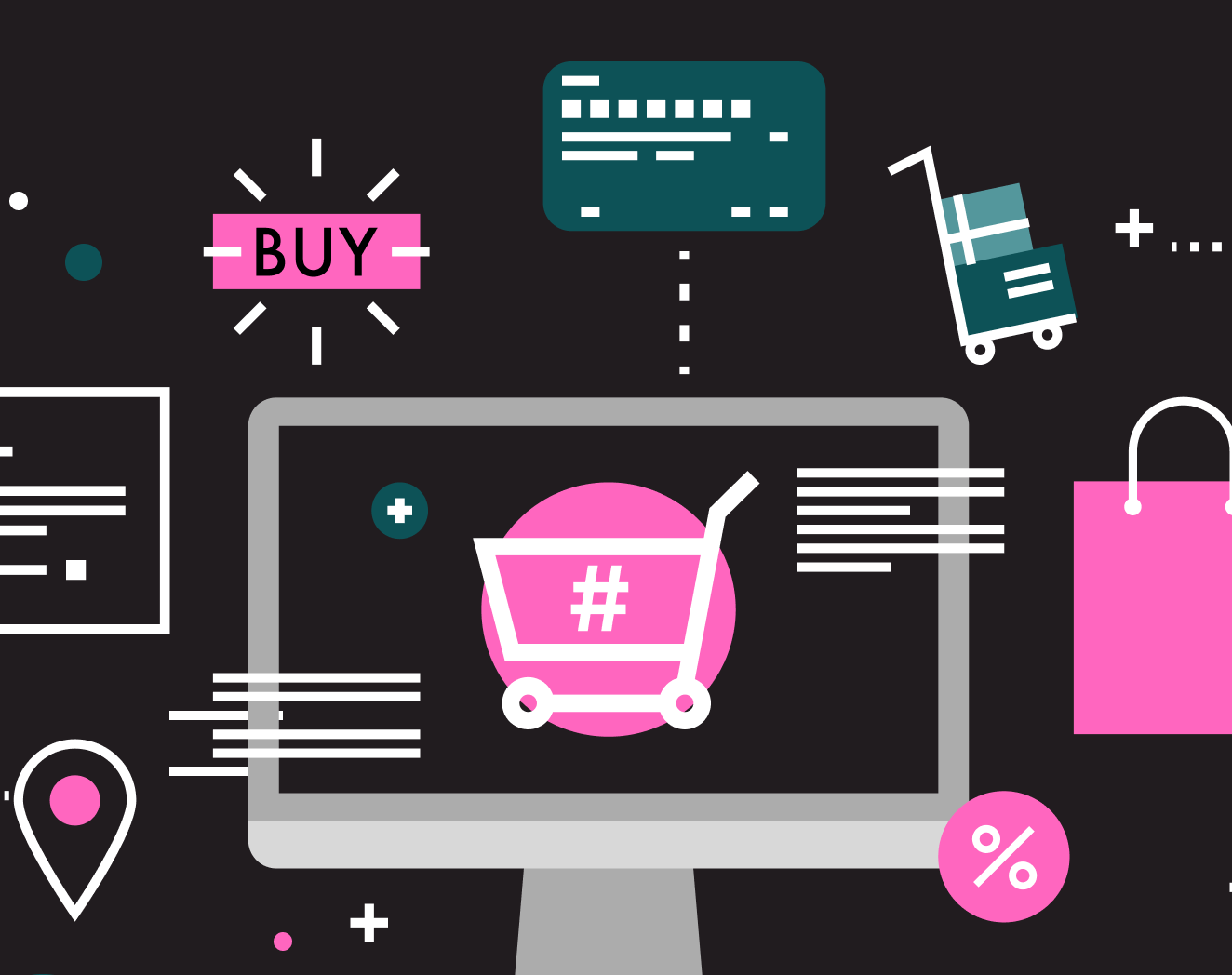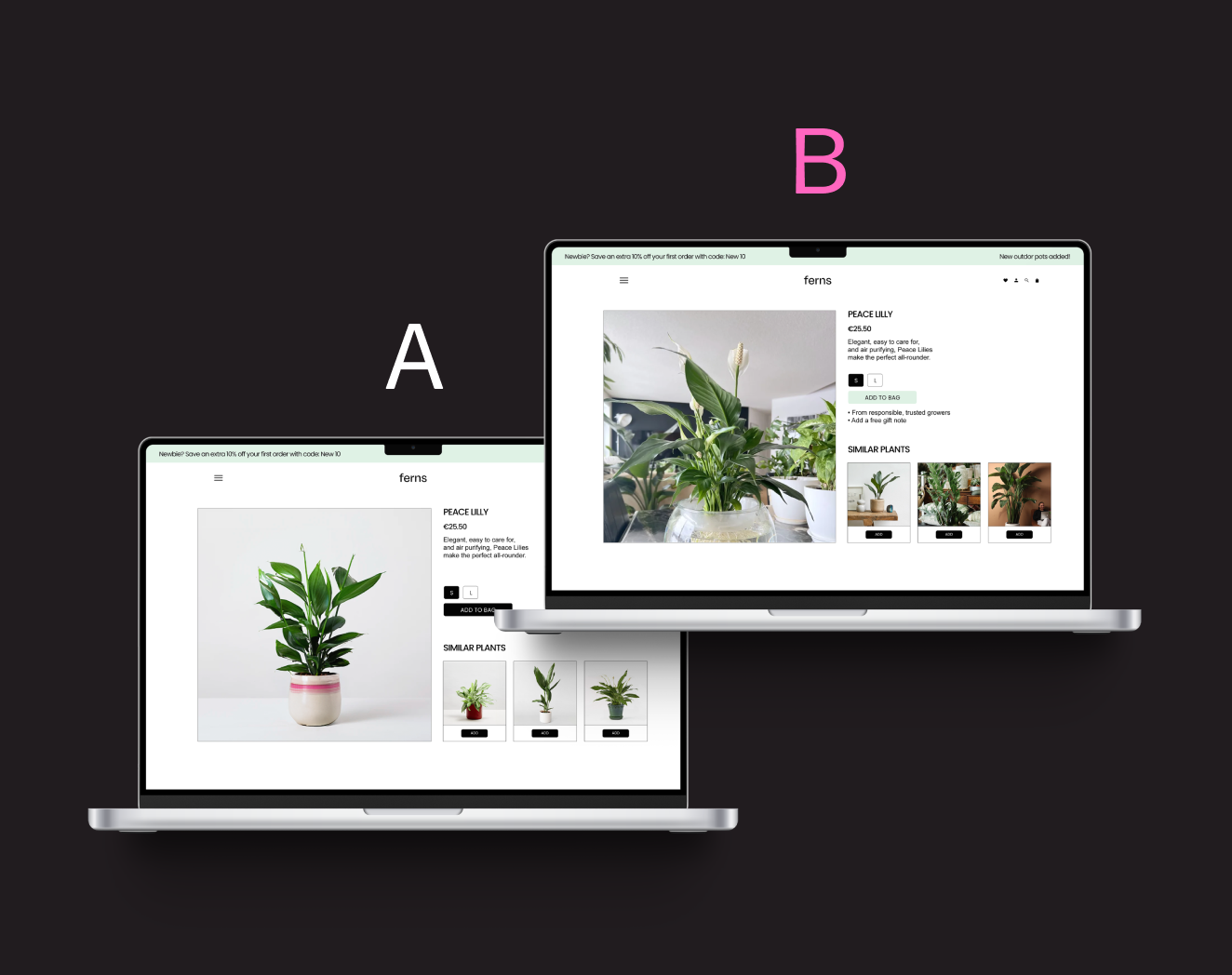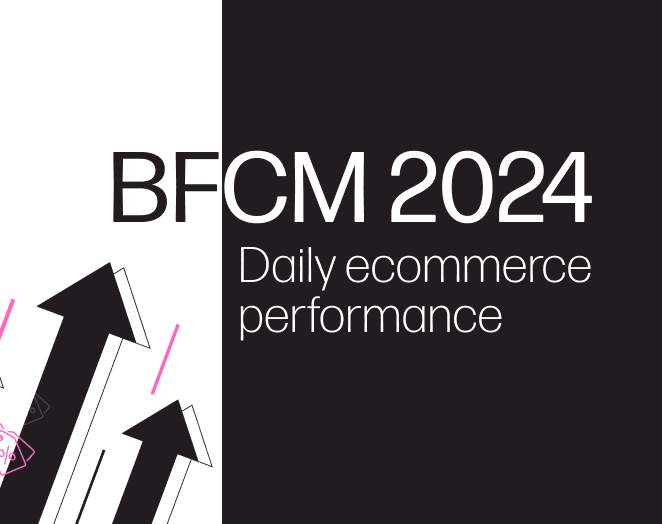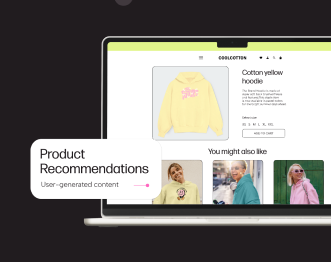5 tips to improve your logistics strategy and increase customer loyalty
Most ecommerce professionals know that the sustainability of a business is not based only on the acquisition of new customers, but also on your ability to build a loyal customer base that will buy from you time and time again. In fact, arguably one of the most quotable statistics in this industry is the fact that it costs five times as much to attract a new customer, than to keep an existing one.
But what strategies can you employ to encourage this type of repeat customer? When we talk about customer loyalty, the impact of logistics, while fundamental, tends to be forgotten in favor of product features, customer service and after-sale communication. Yet it really is one of the aspects of your business that can have a major, if not critical, influence on customer retention rates. Indeed 55% of customers who have had a bad shipping experience say they won’t order from that retailer site again.
The answer is simple: to produce happy customers, who will come back to your store, you must build an efficient and reliable logistics strategy. The good news is that these tips will help you do just that.
1. Preparation is key
Managing your inventory correctly and choosing reliable suppliers are the first steps in the logistics chain. It seems obvious but if you don’t have the items that you are advertising on your website in your warehouse, you will inevitably disappoint your customers. So, whether you manage your supply in-house or you outsource it, you need to have this under control.
The best way to do this? Tracking is really key – you need to master the art of supply and demand and that is no easy thing, but regular stock-taking will help no end. Make sure to also regularly review your forecasts and commit time to calculating safety stocks – these are the first key points toward an accurate inventory. It should be pointed out that there are plenty of Inventory Management Software for ecommerce available. This blog provides a list with basic features outlined, which you can compare to find the solution which fits the best with your structure and needs.
Consider also implementing a live stock counter on your store, activated when an item is low in numbers- this not only encourages conversion through scarcity, but means shoppers are more aware of when a product might run out, preventing unexpected disappointment.
Free guide
Mastering Personalization
A Guide to Transforming Retail Experiences with Relevant Content
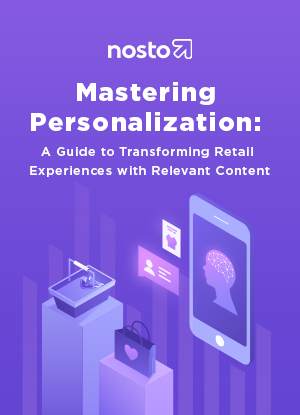
2. Be transparent on shipping prices and conditions
The loyalty of your customers begins (and sometimes, ends) with the trust they have in your business. Rory Sutherland, Vice Chairman of Ogilvy Group, in his TEDtalk “Lessons from an ad man” states that with issues such as waiting times, it is not so much the length but the not knowing that causes frustration in consumers. It is therefore transparency in key areas such as price and shipping that earn the loyalty of your customers. In order to achieve this make sure to specify your different delivery options (including any possible delays such as bank holidays), expected dates for delivery, associated costs and return conditions. In other words, give the customer all the information they need to have realistic expectations and avoid unwelcome surprises. Making those details easy to see and jargon free will also help with this aim.
That said as much as being honest in your approach is an absolute necessity, it ultimately won’t win the hearts of your customers if what you’re showing them is too restrictive. Which brings me onto my next point…
3. Offer as many options as your customers need
As previously stated, transparency is an absolute must but flexibility is the cherry on top. Customers nowadays are me-centric and they expect retailers to offer the options that fit in with their lifestyle and needs. Again, this is particularly relevant in logistics and order fulfillment.
Many customers abandon their shopping cart when choosing the delivery option. The reason? They haven’t found the delivery approach that they wanted, and remember, you need to consider both delivery/pick up options and speed. For example, the last FEVAD survey reveals that 83% of consumers want to see a door to door shipping option, while 66% also felt that a pick up option was important. In terms of speed, you can offer them standard and express and even next day delivery. This also allows you to offer different price options, which is important as 55% of shopping cart abandonment has been shown to occur when shipping prices are considered to be excessive – allowing a shopper to choose the level and price they invest in negates this risk.
4. Choose the best shipping partners and logistic tools
Now, your customer generally doesn’t see a distinction between the carrier delivering their order and the company they are buying from; for them it is all part of the same purchasing experience. Which means your shipping partner will be a direct reflection your brand. So choose carefully. A bad experience at this stage will undo all your previous good work.
The main factor when a business selects its partners is, of course, the price. But while important it should by no means not the only aspect you look at: you can and should search for information on a company’s successful delivery rates, delay rates, complimentary insurance and statistics about their customer support. Most of the time, the carrier will provide you this kind of information during their commercial presentations and negotiations but to truly check a company’s reliability requires some self-conducted research.
To simplify your shipping process, different tools have emerged to answer ecommerce necessities. Many ecommerce solutions propose Shipping Modules or you can opt for a comparison website: They have the advantage of providing you with offers from multiple carriers, and for some of them, a number of features will allow you to centralize and simplify your shipments.
Alternatively, consider using an ecommerce solution with an integrated shipping module – these will offer a review of shipping services / costs and will save you time from researching and contacting couriers inidividually.
Free guide
Mastering Personalization
A Guide to Transforming Retail Experiences with Relevant Content

5. Think about your returns policy
If your customer receives their order and isn’t 100% satisfied you will soon find that the item they bought is winging its way back to you. While this is not ideal situation for anyone involved it does pose an opportunity in relation to customer loyalty. 89% of shoppers declare that they would shop again after a positive returns experience and it is your job to make sure that is what they experience. As we covered above, this starts before they have even bought the item – with a clear and easy to find returns policy. But what about the stipulations themselves? And the process that must be followed? Flexibility and convenience should be the words you would choose to define the policy you craft, if happy shoppers are what you are looking for. This starts with clear instructions and opportunities for support should they still have any questions.
In terms of practicalities and in order to simplify the process as much as possible, consider providing a pre-filled returns label. Then, do not pressure your clients with a tight deadline. Be flexible and give them time. The standard is 30 days and it depends on local legislations, but retailers offering more show that they really care about their customer satisfaction.
Finally, and I know this one can hurt when you have already lost out on potential profit, but consider covering the price. This will help initially with conversion and then retention if they have to use it. It has also been consistently shown to be one of the things that matters most to customers, with 79% stating it to be something that they want.
***
I hope these tips help you craft an approach to logistics and sales fulfillment that will not only be good for your business but also your customers – improving their relationship with your brand and their satisfaction with your service. Because it is these things that make for loyal customers, and loyal customers make for a successful store.
Julie Woestelandt, works as a Digital Marketing Analyst for Packlink, providing Packlink PRO, the shipping platform for ecommerce.

